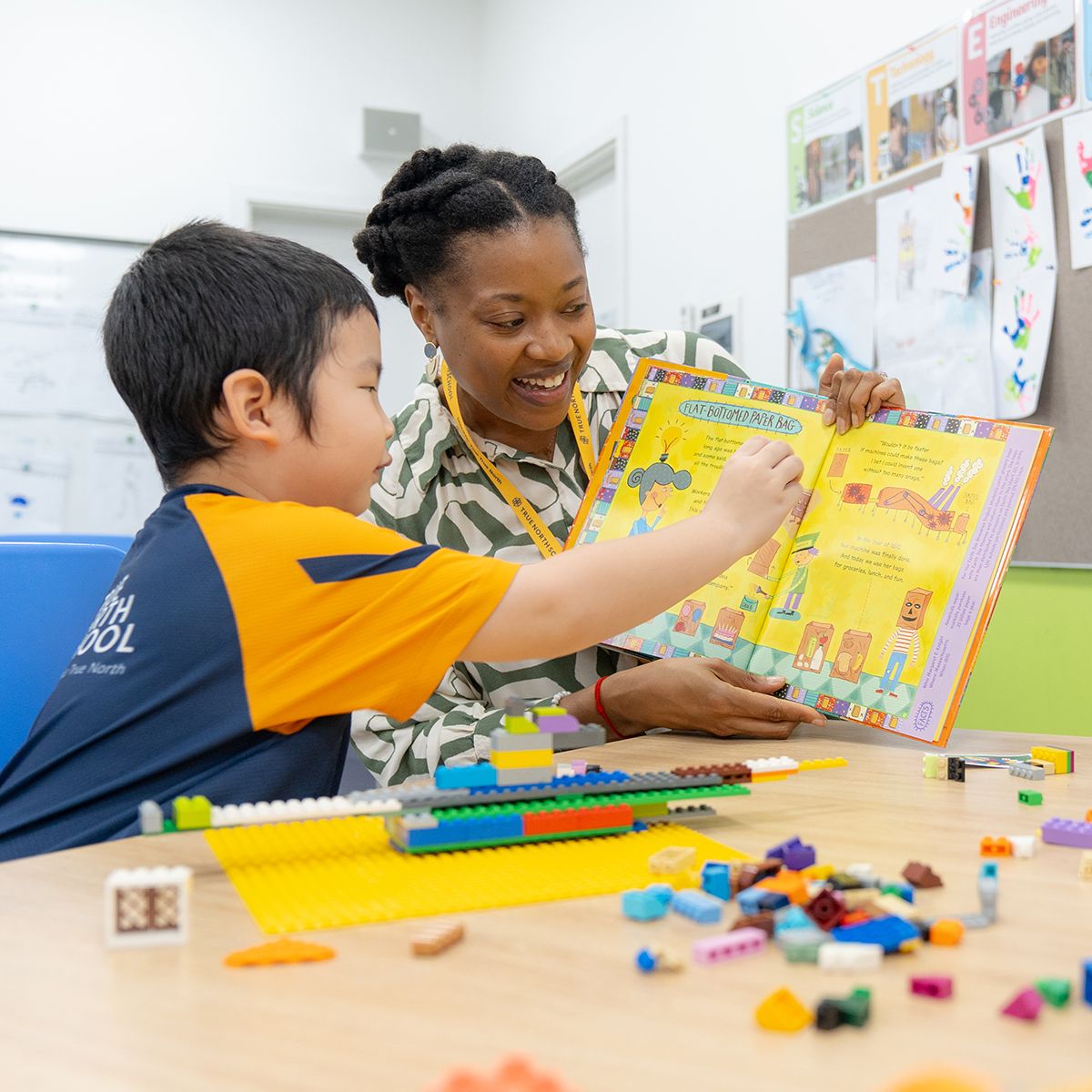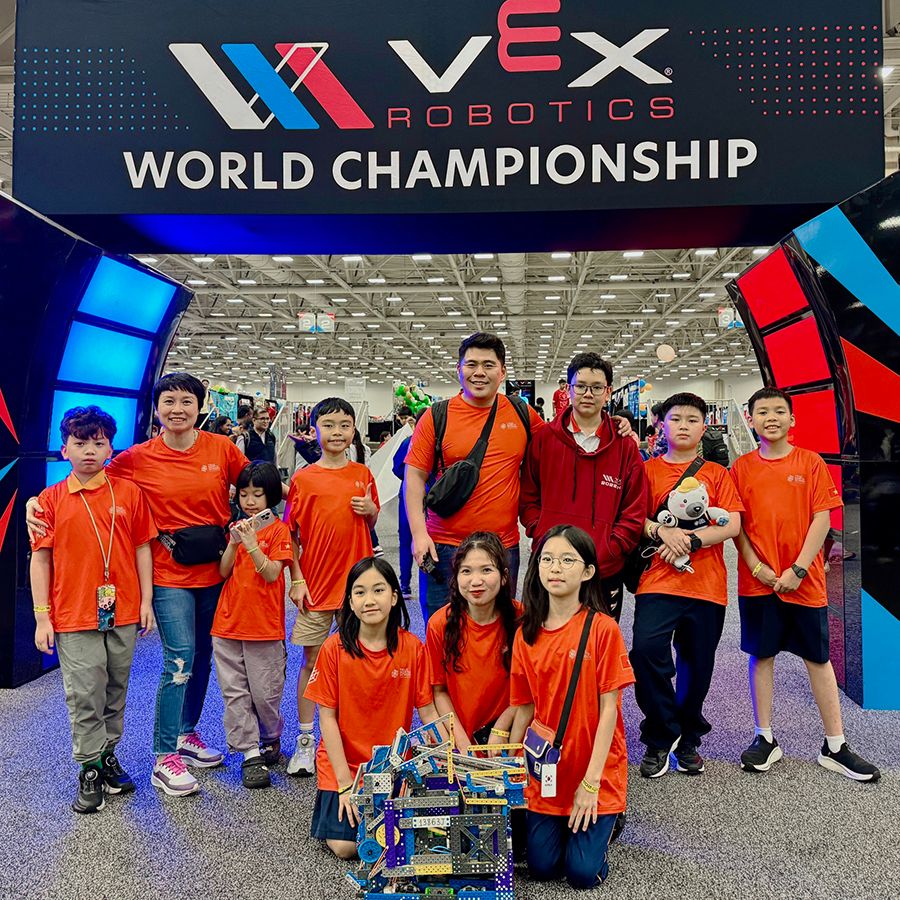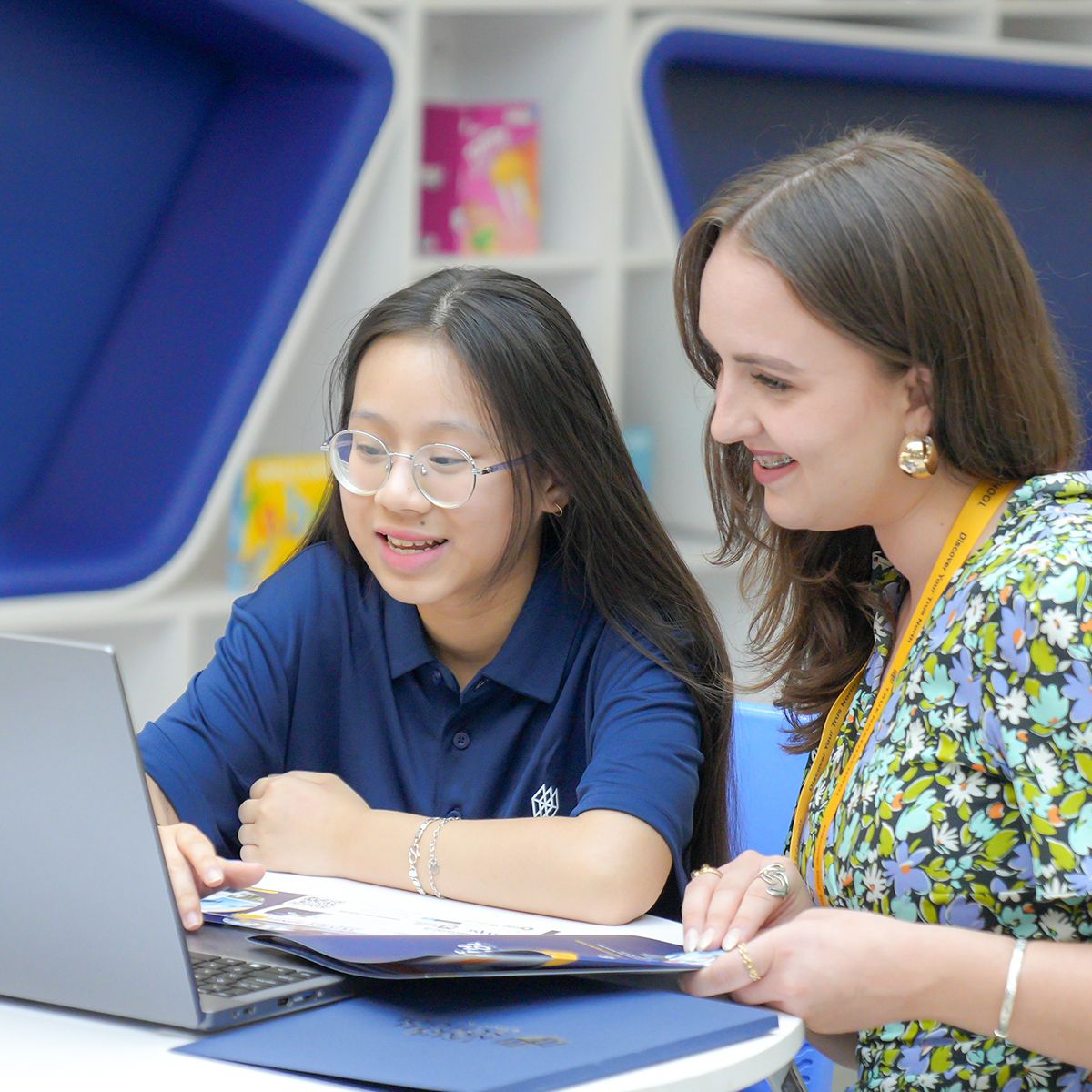Posted On: 7 July, 2025

Inspired by our name “True North” — a symbol of direction and purpose — TNIS fosters a student-centered environment where learners build a strong foundation and grow into global citizens who are Resilient, Innovative, Sincere, and Empowered (RISE). This vision is guided by four educational pillars: Academic Rigor, Character Development, Wellness & Fitness, and Global Citizenry. These pillars serve as a compass for both teachers and students, shaping every lesson and school experience.

ADVANCED EDUCATIONAL APPROACHES AT TNIS
Our philosophy is implemented through three core educational approaches, built on contemporary learning theories and the latest research from leading institutions such as Harvard, MIT, and Stanford.
1. Personalized Learning
Every student at TNIS experiences learning that is tailored to their strengths, interests, and learning styles. Through continuous assessments and data collection, teachers design flexible lessons to ensure that each learner has the opportunity to grow according to their unique profile. Personalization is embedded in all aspects of learning—from choosing assignments based on interests, to selecting remedial or advanced tasks within each subject.
2. Experiential Learning
We believe students learn best through doing. Instead of focusing on theory alone, our students engage in hands-on activities that relate directly to real life. This philosophy is embedded across the curriculum and in carefully designed field trips, service learning projects, and interdisciplinary excursions in agriculture, industry, craft, and science. After each trip, students are assigned reflection tasks to bridge theory and practice, encouraging Deep Thinking.
3. Critical and Design Thinking
TNIS cultivates critical thinking by encouraging students to ask questions, analyze information, and propose creative solutions. Design Thinking — a human-centered approach to problem-solving — is taught through the five phases: Empathize, Define, Ideate, Prototype, and Evaluate. This structured process empowers students to explore ideas courageously and express unique perspectives with confidence.

INNOVATIVE TEACHING METHODS AT TNIS
Building on these approaches, TNIS integrates globally recognized teaching methods that have been validated by top-tier universities.
1. Project-Based Learning (PBL)
Students tackle real-world problems and produce tangible outcomes. For example, in an environmental project, students may design a recycling system for their community, applying knowledge from science, math, and teamwork. Notable projects include: “A Thousand Kilometers – A Thousand Trees” (a charity run campaign to plant trees), “Bridges After a Storm” (a multidisciplinary study of natural disasters and proposed solutions), “Bloom Tết” (a fundraising and cultural learning project during Lunar New Year).
2. Inquiry-Based Learning
Students are empowered to explore topics through questioning and guided investigation. This method has led to impressive student-led research projects such as: Aspirin crystallization in medicine, DIY Vitamin C test kits, the effects of sound on seed germination,... These projects lay a strong foundation for higher-level research and independent learning.
3. STEM-Integrated Teaching
Science, Technology, Engineering, and Math are taught in integrated contexts. Students join extracurricular clubs like Robotics and VEX, and compete in national and international coding challenges. STEM also connects with humanities subjects—such as analyzing ancient architecture like Đường Lâm Village or the Thăng Long Citadel through both historical and mathematical lenses—encouraging interdisciplinary insight and holistic understanding.

OTHER ACTIVE LEARNING METHODS
Though still a young school, TNIS students have already achieved outstanding results in both national and international academic competitions. Many have been awarded prestigious scholarships from top universities in the U.S. and Europe. These achievements mark just the beginning of a bright journey ahead for every TNIS student.


References
1. Thomas, J. W. (2000). A Review of Research on Project-Based Learning. Autodesk Foundation.
2. Freeman, S., et al. (2014). Active learning increases student performance in science, engineering, and mathematics. PNAS, 111(23), 8410-8415.
3. Bybee, R. W. (2013). The Case for STEM Education: Challenges and Opportunities. NSTA Press.
4. Brown, T. (2008). Design Thinking. Harvard Business Review.
5. Grondin, A. J. (2018). Effectiveness of the Socratic Method. University of South Carolina.
6. Dodge, B. (1995). Some Thoughts About WebQuests. San Diego State University.
7. Clark, D. B., et al. (2016). Digital Games, Design, and Learning: A Systematic Review and Meta-Analysis. Review of Educational Research, 86(1), 79-122.
8. Tomlinson, C. A. (2017). How to Differentiate Instruction in Academically Diverse Classrooms. ASCD.
9. Kolb, D. A. (1984). Experiential Learning: Experience as the Source of Learning and Development. Prentice Hall.
See all

July
7
Project based learning at True North
Project-Based Learning (PBL) has become an increasingly familiar term in recent years, especially as Vietnamese education undergoes transformative changes to meet global learning demands and investment in future-ready education.

July
4
Outstanding results at VSDC Final round!
TNIS is proud to celebrate the incredible achievements of our 5th-grade students at the Vietnam Schools Debating Championship (VSDC) Final Round on June 29!

June
18
Congratulations to Phùng Uyển Phương's 50% Scholarship at Rice University!
Congratulations to Phung Uyen Phuong on her acceptance and 50% scholarship to the Rice University Precollege Program!